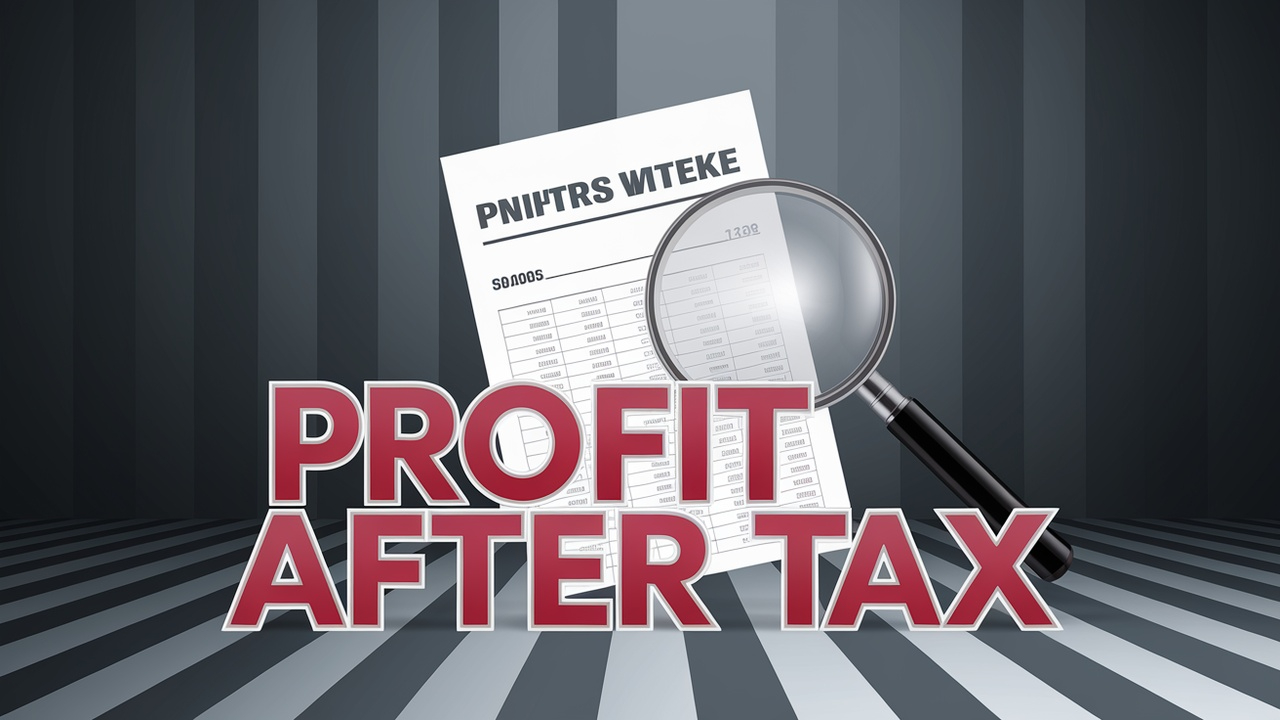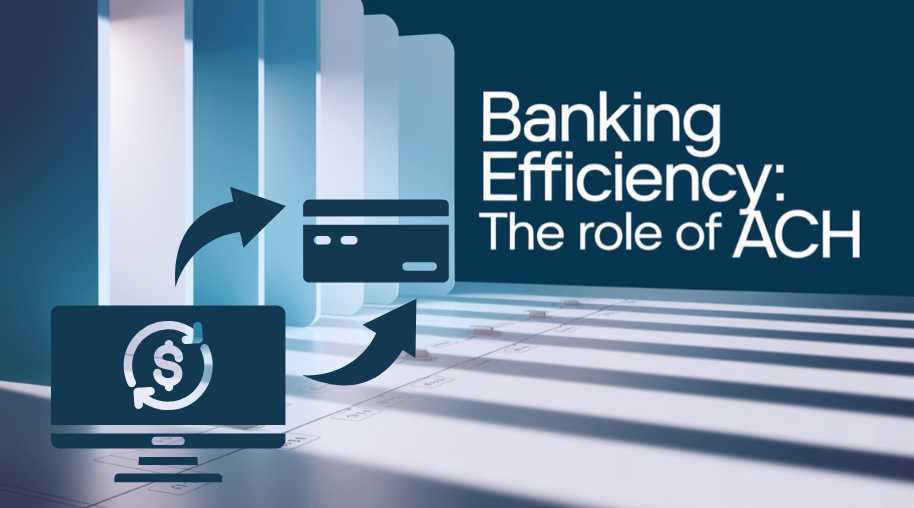PAT Full Form-Profit After Tax
by Shashi Gaherwar
0 3069
Profit After Tax (PAT): Understanding Its Significance in Business Performance
Profit After Tax (PAT), or net profit, is a key financial metric representing a company’s earnings after deducting all expenses, including taxes. It reflects the bottom-line profitability and financial health of a business.

This article explores PAT’s calculation, importance, influencing factors, and strategies to enhance it for business success.
What is Profit After Tax (PAT)?
PAT is the net income left after subtracting operating expenses, interest, depreciation, and taxes from total revenue. It determines dividends, earnings per share (EPS), and reflects operational efficiency. A high PAT signals financial strength, while a declining PAT indicates challenges.
Formula for Calculating Profit After Tax
The formula is:
PAT = Revenue – (Operating Expenses + Depreciation + Interest + Taxes)
Steps:
- Start with Gross Revenue from sales/services.
- Subtract Operating Expenses (e.g., salaries, rent).
- Deduct Depreciation/Amortization for asset usage.
- Subtract Interest on loans.
- Deduct Taxes per applicable laws.
Example: Revenue: ₹50,00,000; Operating Expenses: ₹20,00,000; Depreciation: ₹2,00,000; Interest: ₹3,00,000; Taxes: ₹5,00,000.
PAT = ₹50,00,000 – (₹20,00,000 + ₹2,00,000 + ₹3,00,000 + ₹5,00,000) = ₹20,00,000.
Importance of Profit After Tax (PAT)
PAT is critical for:
- Financial Health: Indicates overall profitability.
- Investor Decisions: Growing PAT attracts investment.
- Dividend Distribution: Determines shareholder payouts.
- Stock Prices: Strong PAT boosts market value.
- Business Strategy: Guides cost-cutting and expansion plans.
Factors Affecting Profit After Tax (PAT)
Key factors include:
- Revenue Growth: Higher sales increase PAT.
- Operating Expenses: Rising costs reduce profit.
- Taxation Policies: Higher taxes lower PAT.
- Interest Costs: High debt increases interest expenses.
- Depreciation: Capital-intensive firms face higher non-cash expenses.
- Competition: Reduced pricing power impacts revenue.
- Economic Factors: Inflation or recession affects profitability.
How to Improve Profit After Tax (PAT)?
Strategies to enhance PAT include:
- Increase Revenue:
- Expand markets or launch new products.
- Enhance marketing strategies.
- Reduce Costs:
- Optimize supply chain and automate processes.
- Implement cost-cutting measures.
- Minimize Taxes:
- Utilize tax exemptions and incentives.
- Plan finances effectively.
- Manage Debt:
- Refinance loans at lower rates.
- Reduce debt dependency.
- Enhance Efficiency:
- Invest in technology and training.
- Optimize workflows.
Conclusion
Profit After Tax (PAT) is a vital indicator of a company’s profitability and financial stability, guiding investor decisions, dividend payouts, and strategic planning. By increasing revenue, reducing costs, and managing taxes and debt, businesses can enhance PAT, ensuring sustainable growth and long-term success.
Further Learning Resources
If you’re passionate about building a successful blogging website, check out this helpful guide at Coding Tag – How to Start a Successful Blog. It offers practical steps and expert tips to kickstart your blogging journey!
For dedicated UPSC exam preparation, we highly recommend visiting www.iasmania.com. It offers well-structured resources, current affairs, and subject-wise notes tailored specifically for aspirants. Start your journey today!

Share:








Comments
Waiting for your comments